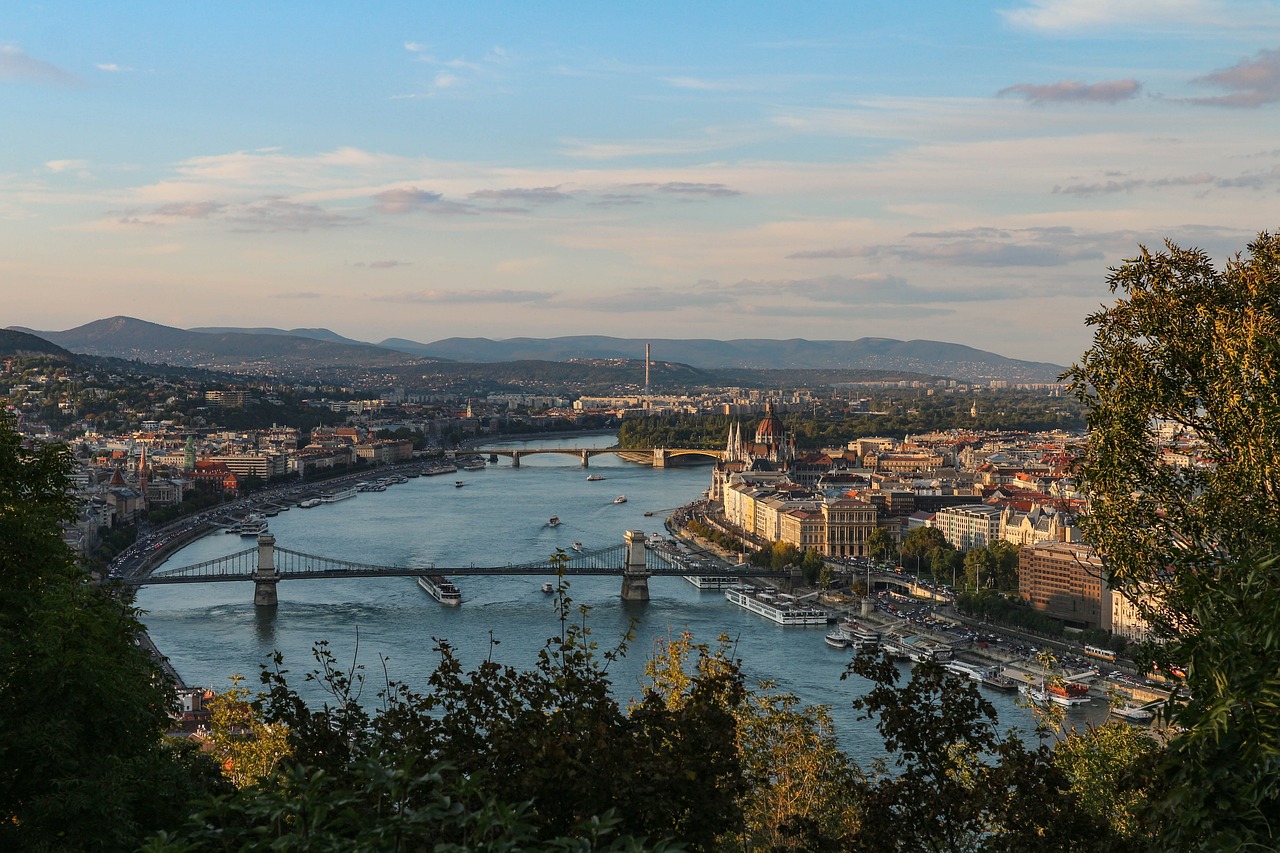
While this period is often viewed negatively, there are numerous projects about the values of late modern architecture.Continue reading
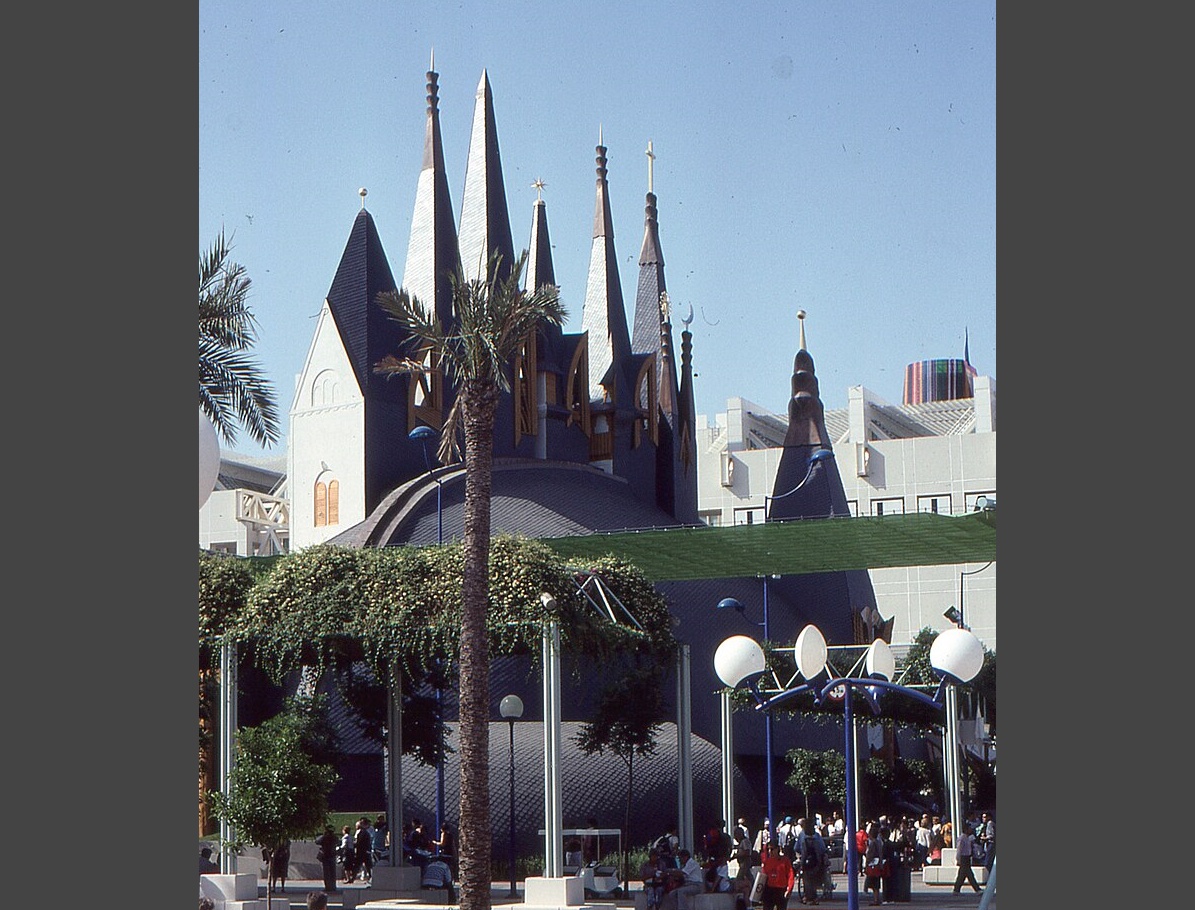
Pál Makovecz, the Kossuth Prize-winning architect’s son and guardian of his legacy, and Lajos Kű, president of the Golden Team Foundation, spoke about the ambitious plan of rebuilding the Hungarian pavilion of the Seville Expo ’92.
The Hungarian pavilion of the Seville Expo ’92, once designed by Imre Makovecz, could be rebuilt, according to an article by Feol.hu. Pál Makovecz, son of the architect and custodian of his legacy, and Lajos Kű, president of the Golden Team Foundation, told the Fejér county news portal about the plan, adding that
Budapest was also mentioned as a possible location.
Kű, together with Imre Makovecz and Katalin Kondor, then president of Hungarian Radio, first took the initiative in 2002 to transport the pavilion home, but amid the political upheavals at the time this idea was shelved. Makovecz died in 2011, but his son, Pál Makovecz, guardian of his legacy, now welcomed Kű’s proposal, which was enthusiastically joined by Kossuth Prize-winning sculptor Miklós Melocco.
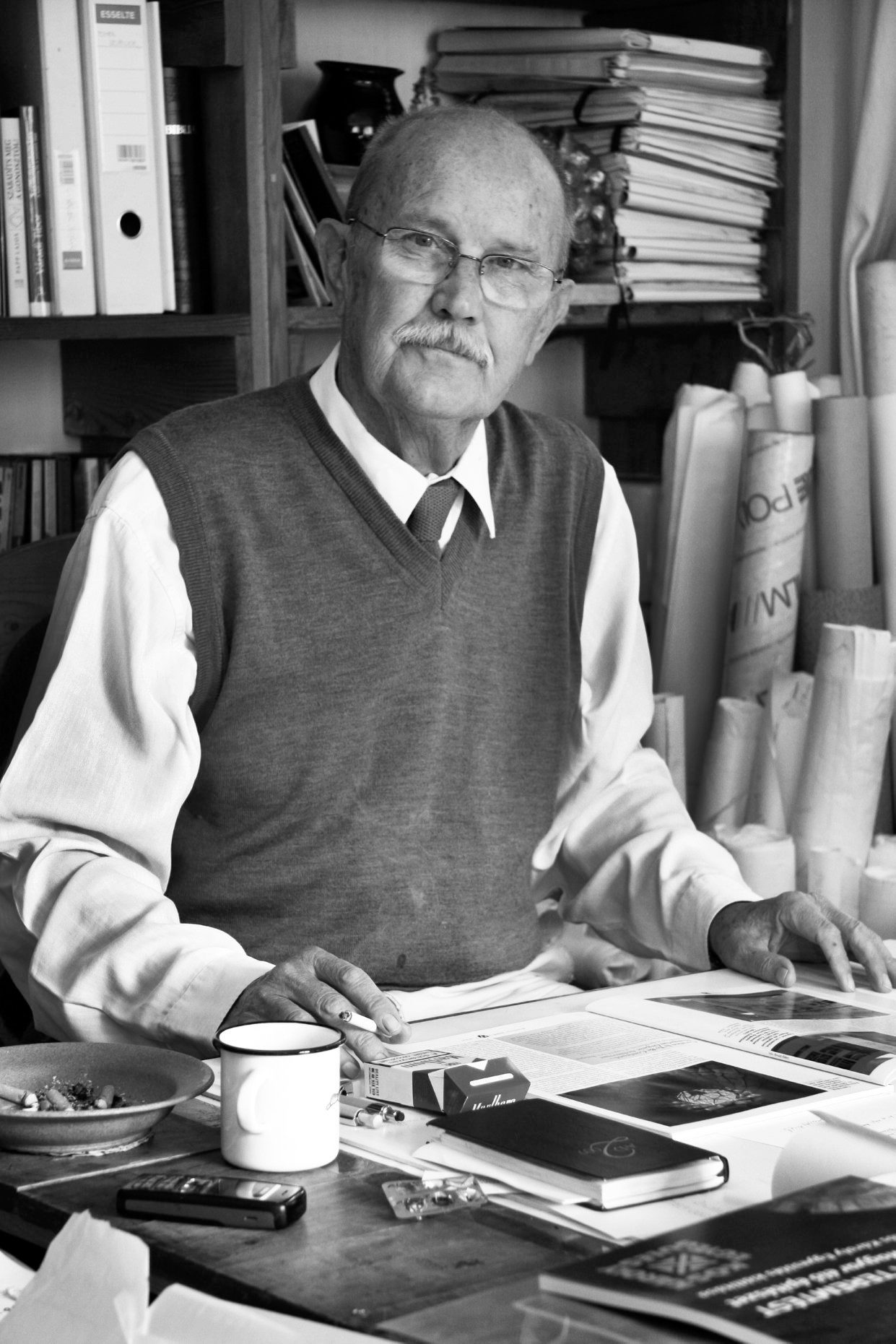
Imre Makovecz. Photo via Facebook/Makovecz Imre Alapítvány
They hope that with the right support their idea will be a success, and that the work of art, that Szekler carpenters and Transylvanian craftsmen completed more than three decades ago in Andalusia, Spain under the direction of the late architect, who was awarded the Kossuth and Ybl prizes, can be rebuilt.
Only 15 of the pavilions at the Seville Expo ’92 are still standing, and only a few of these are locally protected.
One of these is the Hungarian pavilion designed by Imre Makovecz, which, with its seven towers and curved shape, represents the seven religions of Hungary. It can be considered the essence of organic architecture, the essence of the Makovecz style, since it summarizes the master’s buildings.
The Makovecz Pavilion, however, suffered a rather unfortunate fate after the exhibition and was almost destroyed, but was finally bought and renovated a few years ago by a businessman from Cordoba, and is now back in its former glory.
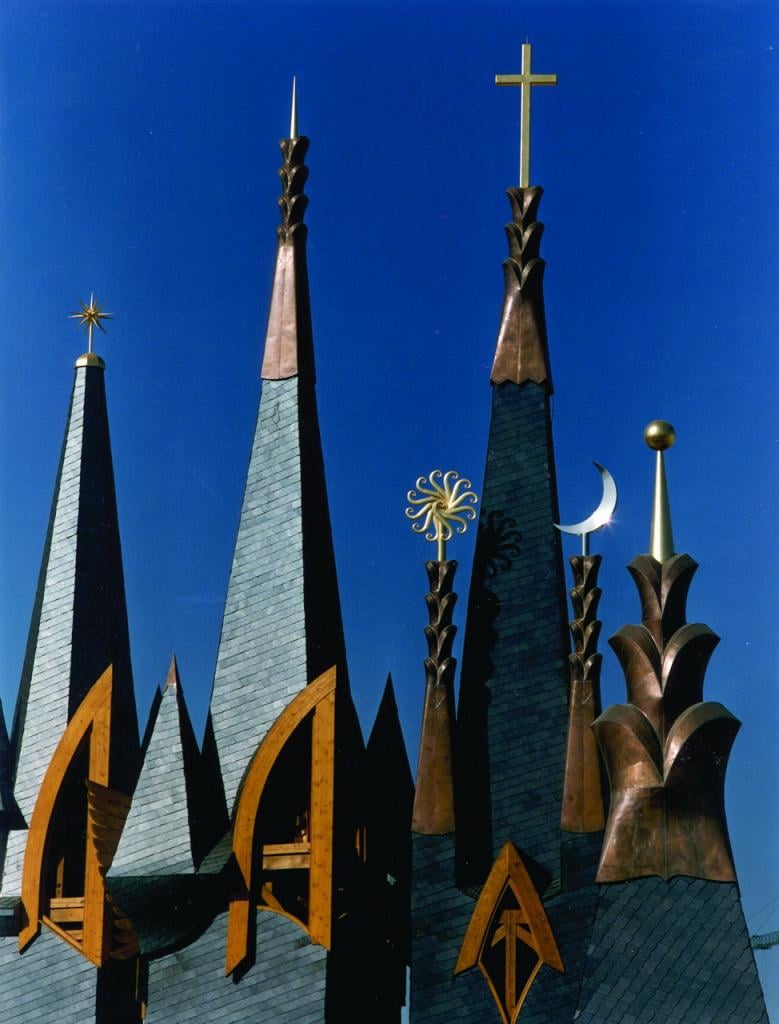
Photo via Facebook/Makovecz Imre Alapítvány
If the current idea is carried out, one of Makovecz’s major works will be on display to the people in Hungary. Furthermore, Kű also plans to make 2025 the Makovecz commemorative year to mark the 90th anniversary of the architect’s birth.
Here are some other works by the artist:
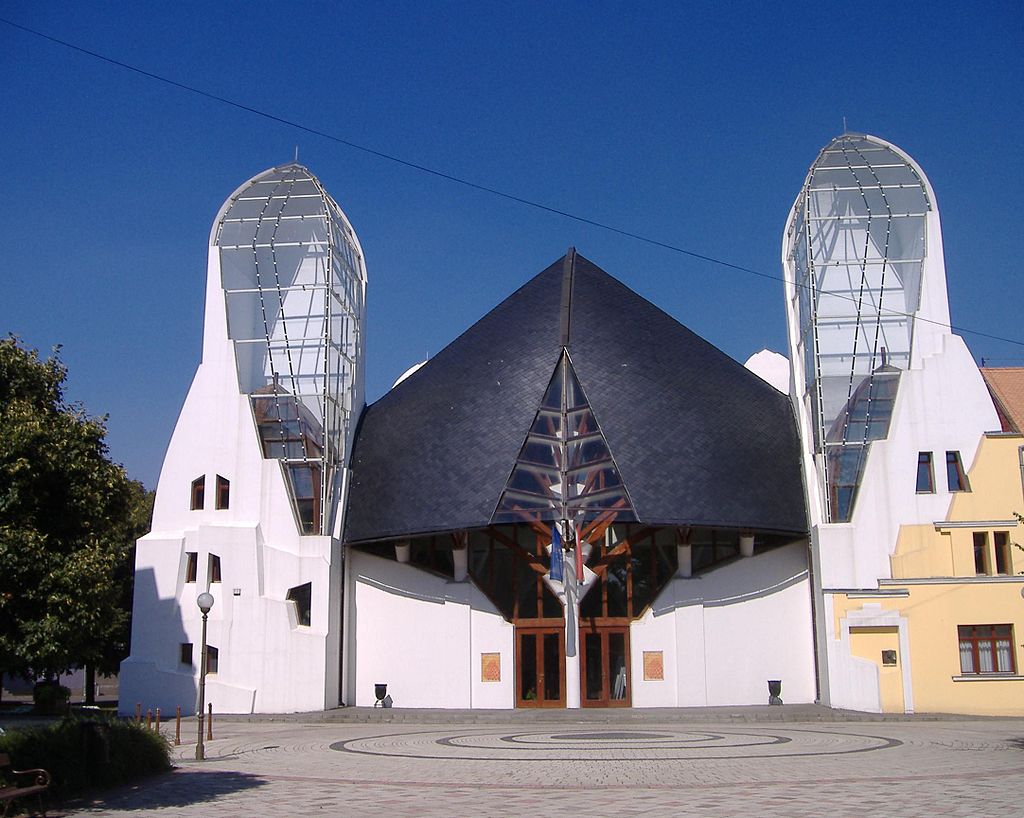
Onion House (Hagymaház) in Makó, southern Hungary. Photo via Wikipedia.
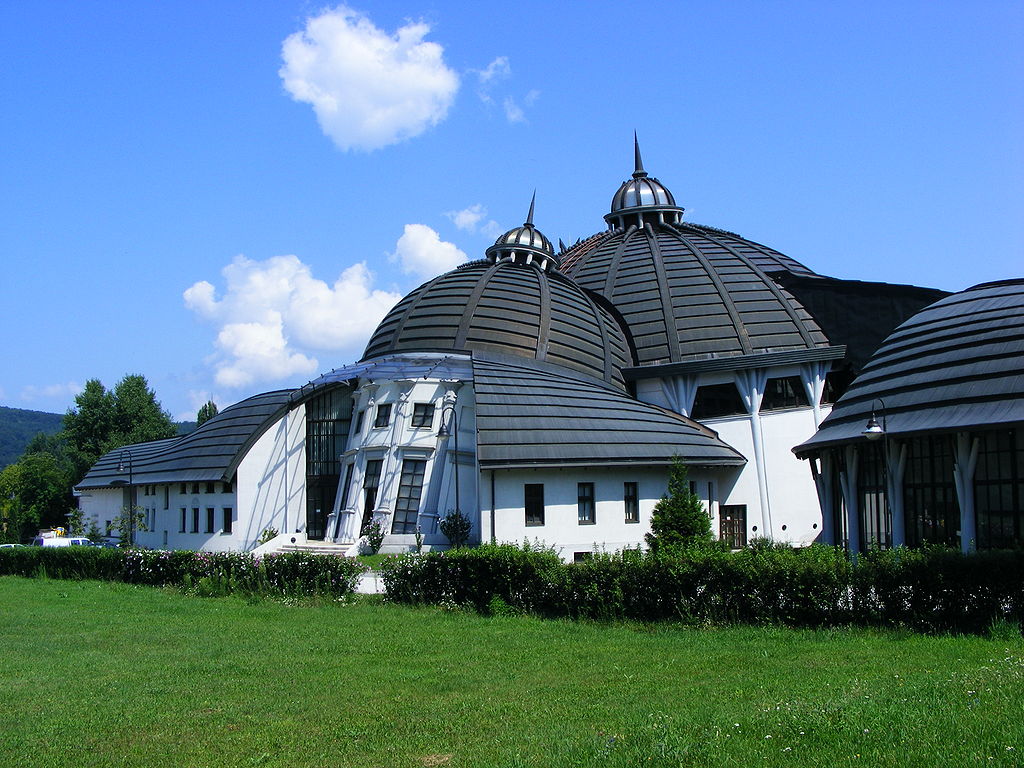
Stephaneum in Piliscsaba, near Budapest. Photo via Wikipedia.
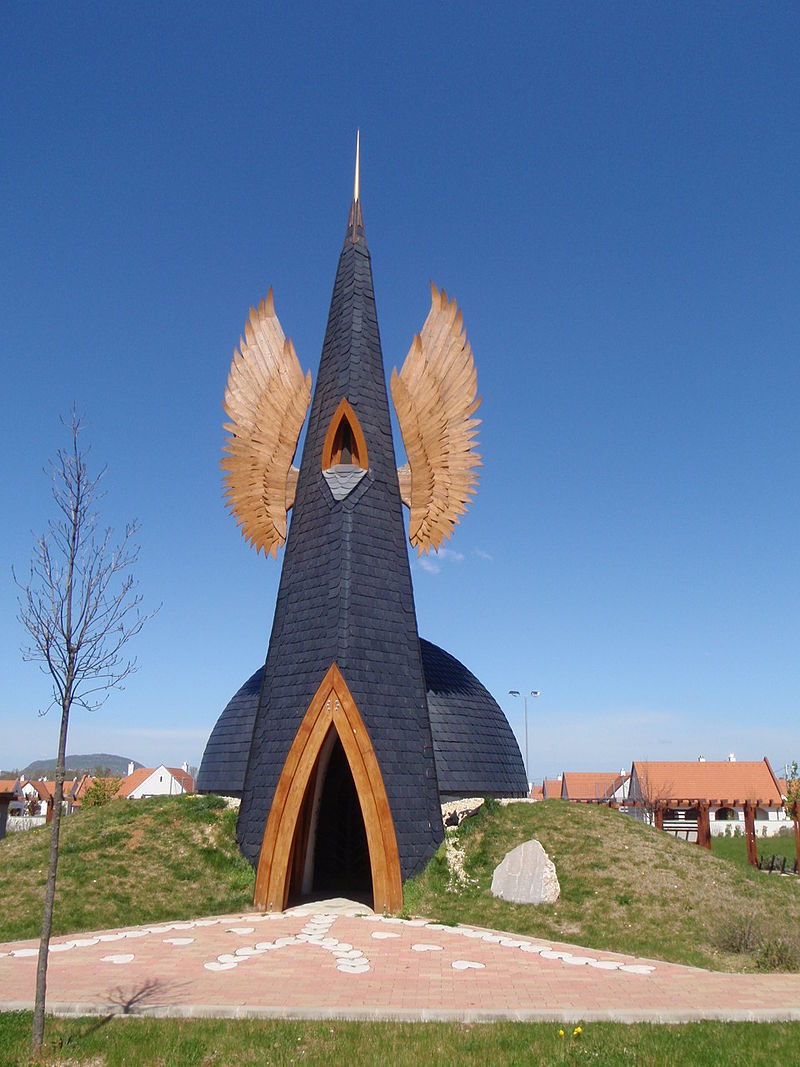
Revival Ecumenical Chapel (Újjászületés Ökumenikus Kápolna) in Devecser, western Hungary. Photo via Wikipedia.
Via feol.hu; Featured image via